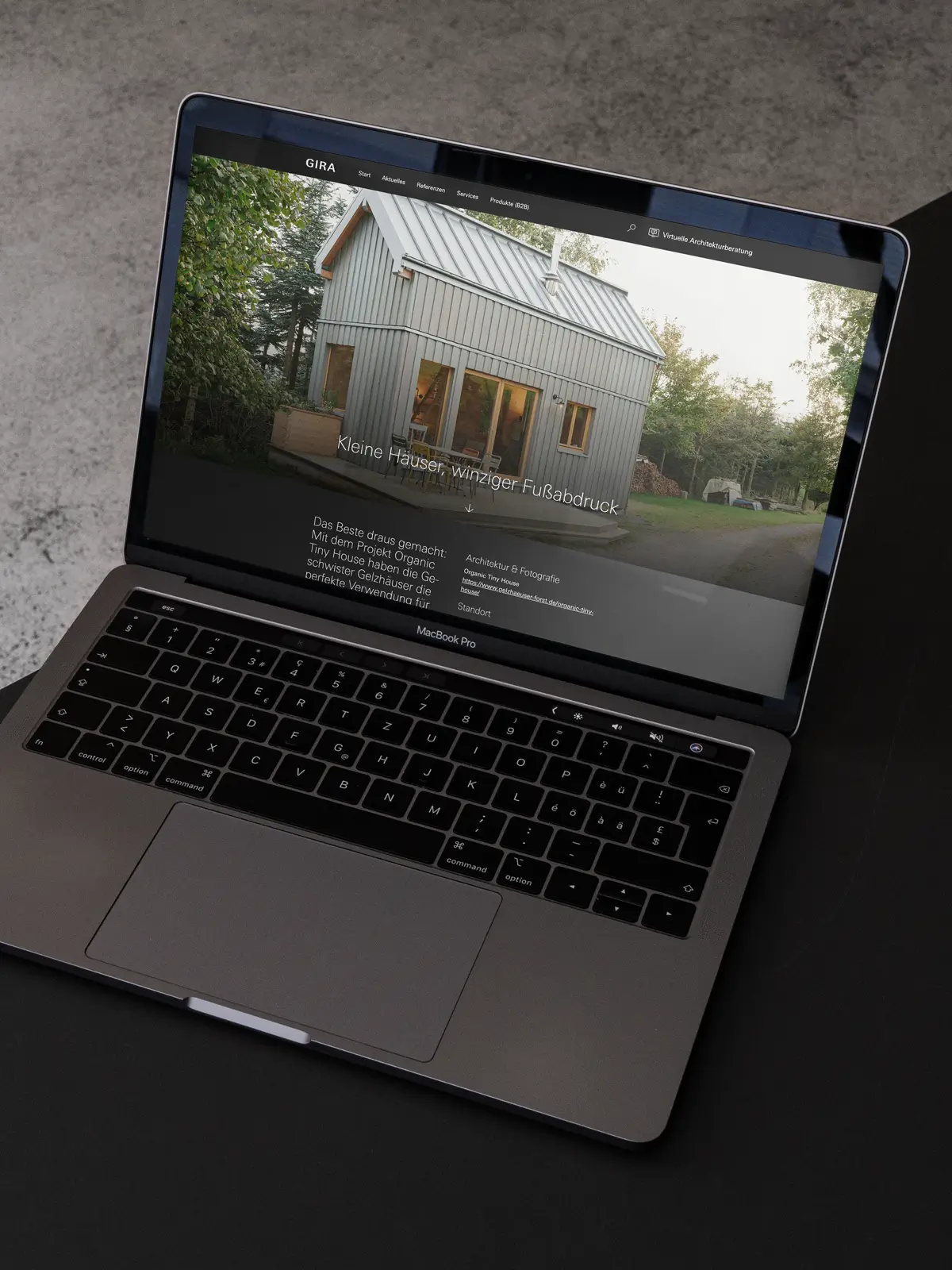Three things without which sustainability communication will soon be impossible

What do the EU Green Claim Initiative, DIN SPEC 91484 (Pre-Demolition Audit), and the proposal for the new Construction Products Regulation (CPR) have in common? As a manufacturer of construction products, it's imperative to familiarize oneself with these developments promptly to avoid the risk of incurring hefty fines or being left far behind by the competition on key issues. And will Environmental Product Declarations (EPD) for products soon become mandatory?
The EU Green Claim Initiative against greenwashing and for more transparency
New regulations, directives, and initiatives are developed by the EU at a seemingly constant pace. But rarely do they have such concrete and tangible impacts on the sustainability communication of building product manufacturers. This changes with the EU Green Claim Initiative, or "Directive on Environmental Claims," expected to come into force in 2024, in one fell swoop.
- The Reason: "In a 2020 study conducted by the EU Commission, it was found that a significant portion of environmental claims (53.3%) across a variety of product categories in the EU contained vague, misleading, or unfounded information about the environmental characteristics of the products. […] The analysis revealed that 40% of the claims were not substantiated."1
- The Requirement: Since March 22, 2023, environmental and climate protection terms in advertising must be substantiated. They must be proven through scientific findings. Furthermore, only advertising claims that are considered across the entire lifecycle and do not make blanket assessments of the product's environmental claims are allowed.
- The Goal: To regulate the inflationary use of environmental claims by companies. In particular, claims regarding supposed climate neutrality through compensation projects are to be curbed.
- The Current Status: You'll find that two paragraphs down.
Is my company also affected?
Probably yes. Because even those who have a clean and scientifically based foundation for their claims must also appropriately substantiate and link these on communication mediums. There have already been precedents before the Green Claim Initiative where companies were sued for merely not linking the correct URL to compensation partners. Their conviction was based on the "Unfair Competition Law," which was enacted in the European Union in 2005.
"Ok, ciao," or is the danger perhaps also an opportunity?
Until the directive is fully implemented, some time will still pass, but that is no reason to sit back, quite the contrary: Companies should make a virtue of necessity and proactively advance the topic. Because let's be honest: As private individuals, don't we also sense a high potential for greenwashing in various environmental claims, slogans, and seals, feeling more deterred than trusting?
Those who engage with it now and lay the groundwork for clean communication will not only be perceived authentically by their target groups but will also secure a real competitive advantage by 2027 at the latest.
From green claims to DIN SPEC
The construction industry is increasingly under regulatory pressure. For example, "project developers are required to source 30 percent of materials used in new construction from recovered sources." This is a fact that architects too must respond to and have answers for. For this reason, Concular and initiator Dominik Campanella (Co-Managing Director of Concular) have teamed up with various actors from the construction sector to develop DIN SPEC 91484, to significantly advance circular economy in construction.
In brief, the DIN SPEC is a procedure for recording building products to determine the potential for reuse at demolition. Specifically, it includes the following components:
- Definition of requirements for information intake, the target document, the process, the involved actors, as well as tools.
- This information is provided as a guide for creating "Pre-Demolition Audits" (PDA).
- A uniform data format is sought for data exchange, to ensure compatibility with other formats.
In short, DIN SPEC aims to help identify building products suitable for reuse, to return materials to the cycle and save resources.
And when does DIN SPEC become DIN standard?
The DIN SPEC, as a kind of preliminary stage to the DIN Standard, has the advantage that it can be implemented more quickly. And that is exactly what the construction industry currently needs most urgently: speed. And good measures that contribute to the sector's circular capability. The DIN SPEC can serve as a basis for a DIN Standard and thus set the requirements for procedures. However, Dominik Campanella's greatest wish is the following: "The procedure described in the standard systematically records and documents the building stock. This not only provides the economy with a clear framework for action but also encourages legislators to tie future dismantling and conversion work to this document."4
Are your products already DIN SPEC compatible and thus circular?
Then the proposals for changing the Construction Products Regulation will not cause you any headaches. Here too, a clear trend towards circular capability and return systems is evident. "Improving the sustainability performance of construction products," is one of the four goals pursued with the revision of the Construction Products Regulation (short CPD). In addition to improving sustainability performance, the following goals are on the agenda:
- 🚨 Ensuring the smooth functioning of the internal market and the free movement of construction products;
- 🌿 Activating the construction ecosystem's contribution to achieving climate and sustainability goals and supporting digital transformation as a prerequisite for the system's competitiveness.
- 🧑🏼⚖️ Ensuring that harmonized standards contribute to the competitiveness of the ecosystem and promote the removal of market obstacles.4
Is an EPD mandatory for manufacturers of construction products in the future?
According to the proposed changes to the regulation, manufacturers will be required to provide environmental information about the lifecycle of their products. The revision suggests that linking to the EPD can be used as evidence. Will this soon be mandatory? Probably not in this consequence, however, more and more facts as documented in the EPD will become mandatory. Therefore, it is advisable not only regarding the CPD to create EPDs for products, but also regarding the requirements of architects: because some of them categorically exclude products for their planning if this information is not available or cannot be found in the Ökobaudat.
The revision has been under review since March 30, 2022. The next step is for the EU Parliament and the Council to agree on a common direction with the Commission to roll out this directive across the board.
Do I need a lawyer now?
👆🏻 If your instinct, especially in terms of the Green Claim Initiative, triggers a flight reaction, then we can reassure you: You're not alone, and the wave of lawsuits from the GDPR, which we remember all too well, could potentially repeat itself. Nonetheless, we can and should use the impending tightening as an opportunity to focus on the essential communication occasions and make our own contribution to transparent, relevant, and traceable sustainability communication.
How to build meaningful sustainability communication, you can find out here in our last Insights article.
If you've made it this far, use your knowledge advantage and tackle the topics in your company right away. For a competitive and future-proof communication strategy, we have quite a few ideas up our sleeve.
And by the way: We discussed these and other highly current topics in our Sustainability Masterclass in Marketing & Sales with and at HPP Architects at the end of August in Düsseldorf. The next one follows in the second quarter of 2024.
Want more info? Then write to michael@hej.build.




